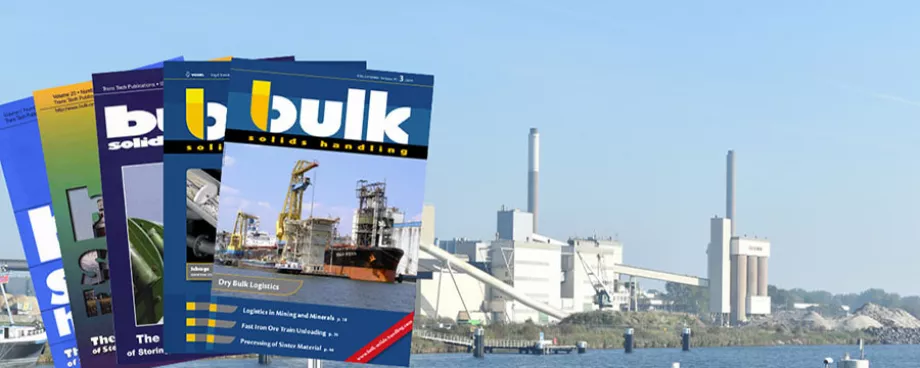Most engineers are familiar with pneumatic conveying equipment especially for handling fine grained materials such as cement, pulverized coal and chemicals which are readily fluidized and can be conveyed by dense-phase techniques. Pneumatic conveyors are also extensively used for conveying wood chips and other such materials with low floating velocities and are of the dilute-phase type where air moving at high speed is used as the conveying medium for the particles being transported.
For dense-phase applications air at high pressure is usually provided by a reciprocating compressor ,and or dilute-phase systems a fan or positive-displacement blower is used operating at relatively low air pressures. Both dense-phase and dilute-phase pneumatic conveying systems have applications in the mining industry.
An example of dense-phase conveying especially in coal mining is the transportation of rock dust, that is pulverized limestone, to the underground workings from the mine surface for dispersal in the roadways to prevent the coal dust igniting in the event of a mine fire or gas explosion. Powdered anhydrite is also pneumatically conveyed with similar equipment and when mixed with water forms a plaster-like compound which is used for building walls or other structures to direct the air ventilation currents through the underground workings.
Dilute-phase pneumatic conveying has been applied in coal mines since the 1920s to convey rock or mine refuse into the underground workings to be used mainly for roof support in those areas where the coal has been extracted and has a secondary application that it does reduce or eliminate the disposal of rock waste on the surface of mines. In more recent years, the same technique has been applied for hoisting coal out of mines through vertical shafts in association with existing mechanical hoisting systems and also for hoisting extraneous rock from construction projects where there are no areas available for stowing the rock in the underground workings especially if the mine is in a development phase. These systems usually operate through boreholes drilled from the surface to the underground galleries and either a single borehole is used to bring the rock to the surface with the air power source being located underground or alternatively, the air source is located on the surface and a second borehole used to take the pressurized air underground to the infeed arrangement.
■







